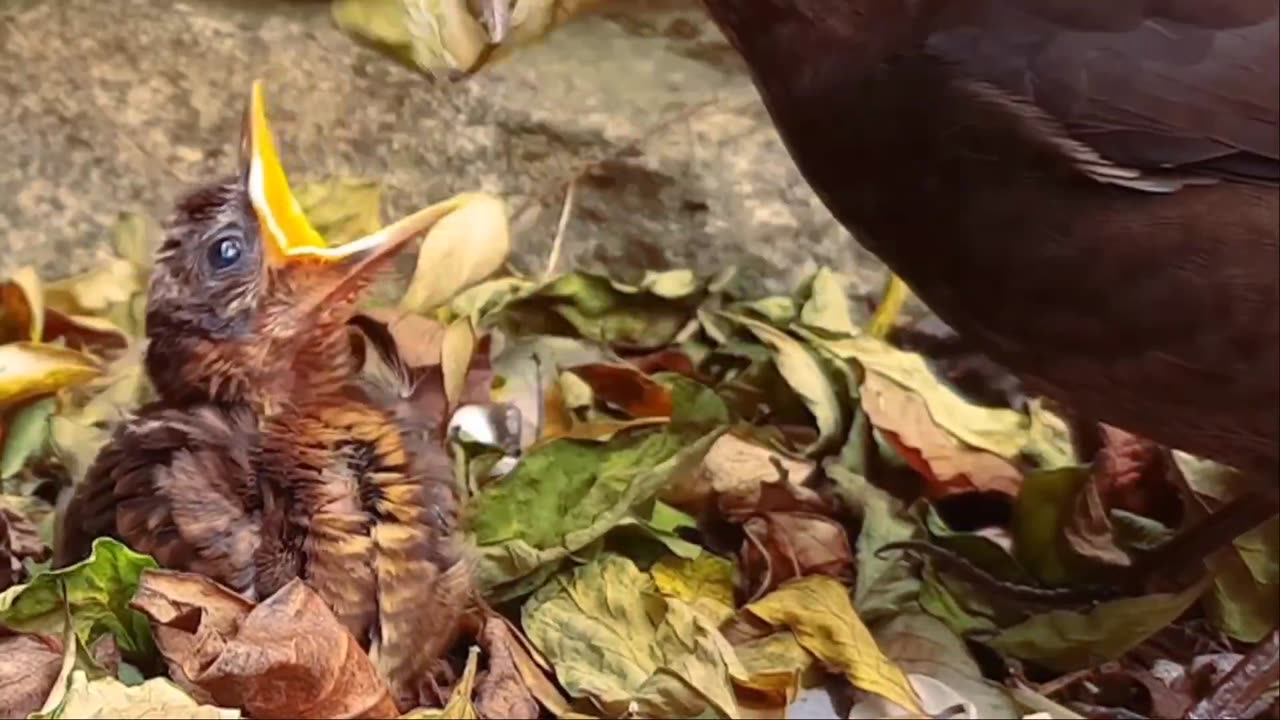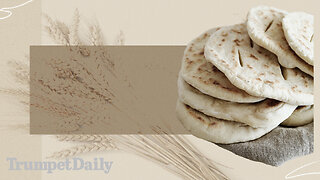Premium Only Content

About Black Birds
A short fact file about the Common Blackbird, including information
about their diet, their appearance, how and when they nest and
much more!
The blackbird is the fourth most common garden bird in the UK and
a familiar sight around parks, gardens and woodlands across the
country. Despite their name, only the males are truly black, females
are dark brown and young birds have a more mottled brown
colouring. Males also have a bright orange or yellow beak and eye
ring, these are much duller in females and absent in young birds.
They have a wingspan of 35 to 38 centimetres and grow to around
100grams in weight. They often move around by hopping rather
than running and sometimes have their wings dropped and their
tails raised as they do so.
Blackbirds are omnivores and will adjust their diet in line with the
seasons, during the spring and summer they feed almost
exclusively on worms and other invertebrates but during the
autumn and winter they switch to eating mostly berries and fruits.
They have a habit of wiping and insects they manage to catch on
the ground or through grass to clean any dirt off before they eat.
Blackbird pairs hold territories throughout the year but during the
colder months they allow other birds to enter and pass through
without much resistance. However, come the spring time their
territorial behaviour peaks and they become aggressive towards
other blackbirds. It is during this time that the pair begin nesting,
and when this depends a lot on the weather. In cold springs nesting
can start as late as the end of march or even April but in other years
it can begin from early February onwards. Research has also shown
that blackbirds in towns and cities start nesting earlier than their
countryside counterparts although if this is down to the increased
artificial lighting or higher temperatures is not completely clear.
#ukbirds #blackbirds #birds
-
 LIVE
LIVE
Joe Pags
1 hour agoThe Joe Pags Show 4-14-25
1,097 watching -
 LIVE
LIVE
Sarah Westall
1 hour agoGlobal Agenda: Starve Small Business of Funds w/ Bruce De Torres
149 watching -
 LIVE
LIVE
2 MIKES LIVE
4 hours ago2 MIKES LIVE #205 with guest Nick Adams!
137 watching -
 LIVE
LIVE
LFA TV
7 hours agoThe Bread of Life | TRUMPET DAILY 4.14.25 7PM
157 watching -
 37:52
37:52
Kimberly Guilfoyle
2 hours agoThe Trump Effect, Plus More Scandals for Leticia James, Live with Roger Stone | Ep213
20.5K10 -
 1:13:45
1:13:45
Kim Iversen
2 hours agoWe're LOSING The Tariff War With China, How Our Elites Sold Us Out | Oct 7th Rape COVERUP
45.5K51 -
 1:23:13
1:23:13
Redacted News
3 hours agoTrump declaring MARTIAL LAW on April 20th according to fearmonger liberals, they want civil war
111K109 -
 2:21:58
2:21:58
vivafrei
10 hours agoEp. 259: Shapiro Home FIREBOMBED! Pavlovski Goes NUCLEAR on Dorsey Over AI! Elections Canada & MORE
96.1K50 -
 1:06:43
1:06:43
The Amber May Show
3 hours agoFinally, The Truth Comes Out In The News About What We Have Known For A While| Sam Anthony
5.59K1 -
 LIVE
LIVE
TwinGatz
4 hours ago🔴LIVE - Fighting Side By Side | ARMA Reforger
334 watching